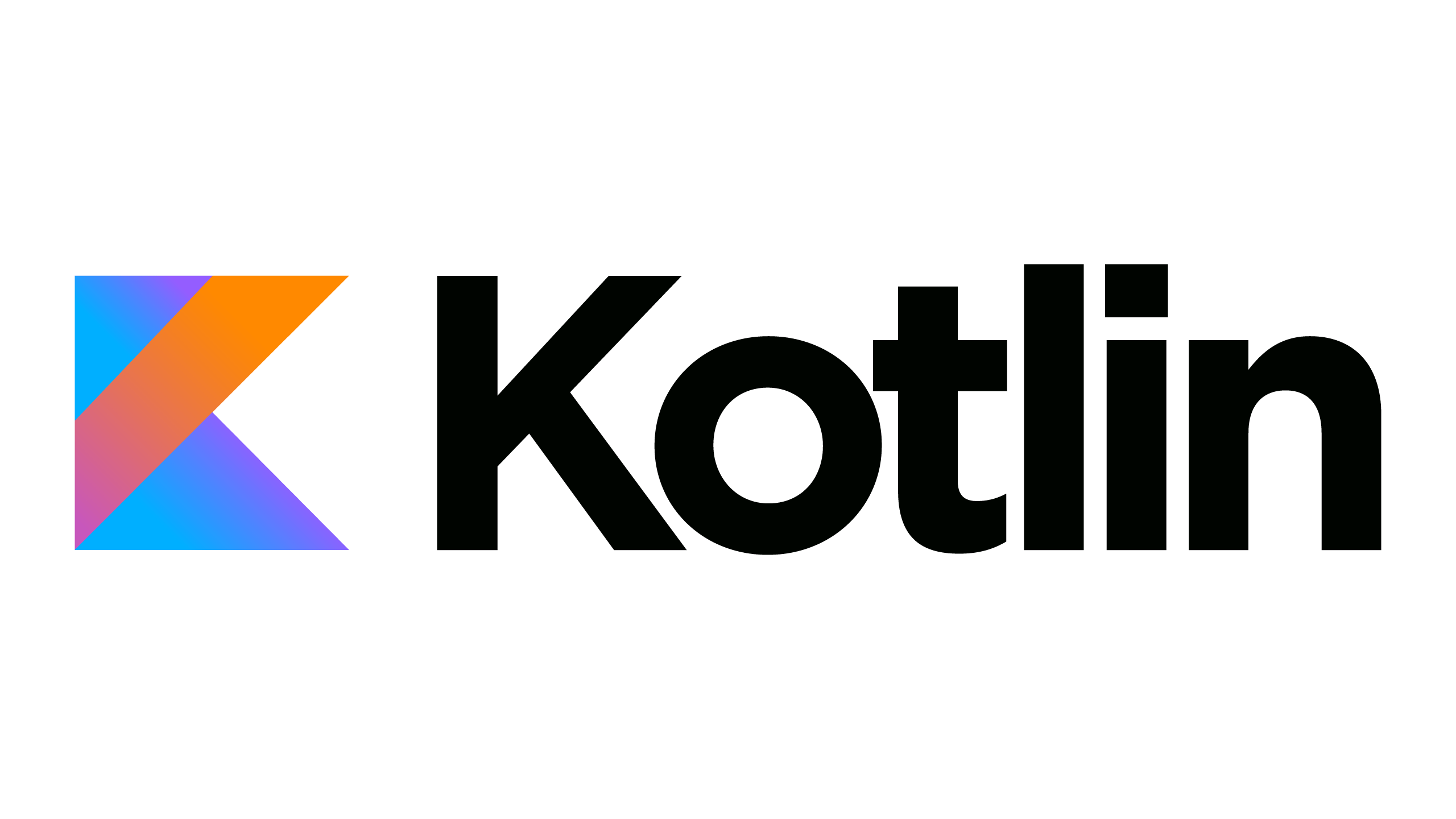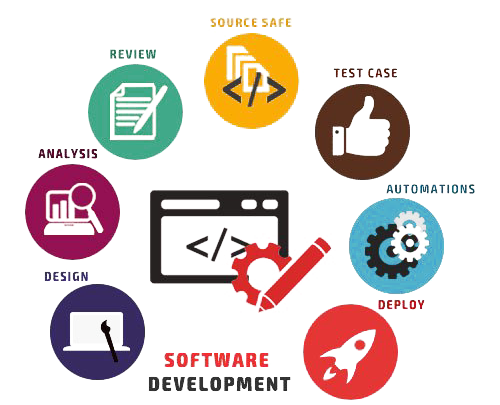
Gone are the days when people used to rely only on apps restricted to specific platforms. With the advent of technology, businesses need more audiences to increase their revenues. That’s why they want apps that can represent them to most users if not all. But it isn’t possible if an application is developed using the old, traditional technologies.
That’s where cross-platform development comes into the scene. It is a new technique where a single base code is written. A developer simply introduces some changes and tweaks the code based on the platform requirement. There is no need to make any major modifications or write multiple codes for iOS, Windows, Android OS, and more.
As these apps can perform well across several platforms, they are often termed hybrid software. To develop these codes, one needs to use special tools and frameworks like ReactJS, NodeJS, and more. If you want to explore the benefits of hybrid applications, the following discussion will prove extremely beneficial. Here, we will introduce you to some of the major frameworks used for cross-platform development.
Flutter

Pic Creds: Flutter.dev
Out of all the cross-platform frameworks, Flutter is the latest one in the market. Since its inception, it has made a wonderful impact on the development industry. After Google released it in 2017, developers and professionals have written several codes on this platform.
Rather than using JavaScript, it uses Dart programming. Also, there is a special feature in the new Flutter version, the hot reload. This will allow you to view changes in the code easily while still working on it.
Perks
- Thanks to the built-in graphic engine, you won’t have to design different interfaces for Android and iOS.
- Also, it features the GPU framework that makes it easier to update the UI and incorporate new upgrades.
- With the widget tree, a developer can understand the modifications present in the code.
- Flutter enhances the performance of the apps and lowers the running time.
Challenges
- It is yet to be completely developed and hence, doesn’t offer advanced features.
- The library functions and built-in tools are limited.
NodeJS
The NodeJS platform functions as the extended version of Chrome’s V8 engine. It decodes the JavaScript snippets into a machine-level language that can be run on a single thread. Even though it is mainly used for developing server-side apps, the performance is unbeatable. Moreover, it paves the way for scaling the application and introducing on-demand changes with ease.
The V8 engine is pretty fast. Therefore, there won’t be any glitch in the app’s performance, at least. As a developer, you will get a diverse library having development modules. Therefore, you can easily develop the codes and tweak them around for different OS platforms.
Perks
- NodeJS has a vast developer community. Here, you can see different projects, learn various features or even ask for help.
- V8 is a fast interpreter that converts the JavaScript codes into high-level machine language. No byte code is used. And therefore, the apps can work much faster.
- It allows the developers to execute multiple database queries. The APIs will make the integrations quickly. Hence, you can have access to data within seconds.
- It implements only a single thread. Therefore, there won’t be any downtime that usually happens with apps meant for multiple threads.
Challenges
- It doesn’t offer much scalability to the applications. Therefore, you won’t be able to change the codes so that the app can adapt itself.
- You won’t be able to work with a relational database from NodeJS.
- When a function is called, all the nested functions will be executed. This increases the response time and hence, slows down the app.
- As the Node uses a single thread, it is not suitable for web apps.
React Native
Pic Creds: Wikipedia
After Facebook launched React Native in 2015, it has become immensely popular. It has close resemblances with JavaScript. Therefore, one won’t have to study any other tool or technology. Moreover, it will offer a native experience for both iOS and Android.
All the platform components are built on polyfills that are close to CSS. In addition, JSX is also used for improving performance deliverability. You won’t have to endure the complications of DOM API. Features are cross between JavaScript and React.JS. Therefore, a developer will be at ease while using this platform. Besides, other programming knowledge like Swift, Java, and C++ will also come in handy.
Perks
- A user can create a highly responsive and intuitive interface.
- It is known for its large and broad developer community. Once you are stuck, you can seek help.
- One needs to write the code only once with different modules and sections. After that, simple modifications can be made easily.
- You can even integrate other third-party plugins like Google Maps, Google Assistant, and more.
Challenges
- Applications may become slower when tons of snippets are added.
- Also, the apps will occupy much more space in comparison to the native ones.
- Most features don’t work well on the Android platform.
Ionic
The Ionic framework is a modified version of the AngularJS platform. It came into existence in 2013, and post that it’s used for several purposes. Moreover, it will offer some of the unique features to the developers. It has two major versions- AngularJS ad Apache Cordova. Therefore, all mobile apps have hybrid HTML codes.
They don’t behave like normal cross-platform applications. Rather, most smartphones have special features for running software developed on Ionic like WebView in the Android OS. A developer can build an interface according to the user preferences from scratch. Thus, innovative applications are easy to build that can meet business standards.
Perks
- Ionic supports the development of Progressive Web Applications or PWA, which isn’t possible for other frameworks.
- A developer needs to have basic knowledge about JavaScript, CSS, AngularJS, and HTML for coding in Ionic.
- Also, a developer can modify and change codes according to the on-demand business requirements.
- You will have access to a plethora of third-party plugin integrations.
- Several ready-to-use user interface components are also present that will help you create a perfect UI.
- Mobile applications will be fast and can deliver amazing performance, thanks to the SaaS-based platform.
Challenges
- Error messages aren’t clear. Therefore, a developer may face difficulties while debugging and fixing a functional error.
- Ionic builds usually crash when a long code is written on the platform.
Xamarin
Another amazing cross-platform development framework that you can use is Xamarin. In 2011, it was launched first, after which Microsoft acquired it. The features present here are very much different in comparison to other cross-development software frameworks. If you study it carefully, you will realize that the features resemble the .NET platform.
Besides, the library functions and packages are also based on .NET, runtime, and the C# compiler. About 90% of the codes are scalable. Therefore, you can easily use it for developing an app that can be used across a wide range of OSes.
Perks
- You need to know only C# and .NET for operating on Xamarin.
- You can also integrate third-party codes into this platform. Therefore, you may not have to write the entire code.
- If you have written codes in C++ or Java, you can import them and run the snippets on the Xamarin compiler.
- Compilation errors are thrown before runtime errors. Therefore, this makes debugging much easier.
Challenges
- You have to buy Microsoft’s Visual Studio subscription for creating large, enterprise applications.
- In the free version, you won’t be able to access the advanced features.
- If your application needs heavy graphics, Xamarin won’t be ideal.
Final thoughts
In this article, we have discussed the topmost cross-development platforms. These frameworks are immensely popular in the IT world. More and more enterprises and businesses are adopting hybrid app ideas. This allows them to reach out to more users with high-performing applications. That’s why learning about the frameworks will prove beneficial for you in the future. Need help with app development? Connect with us here.










